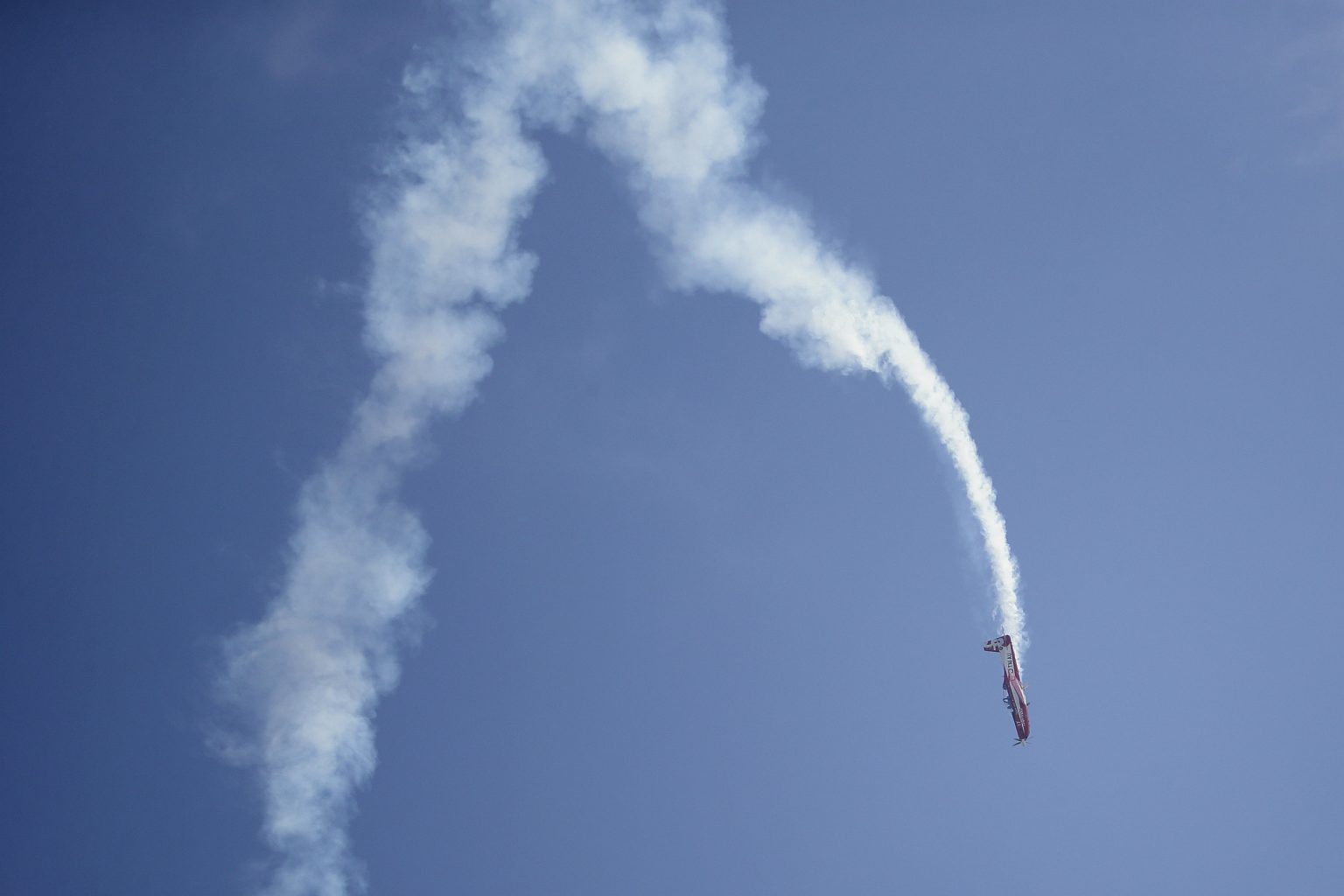South Korea’s air force shot down an unidentified balloon in late March, suspected to have originated in China, after it crossed the country’s maritime border with North Korea. The incident occurred before South Korea’s mid-April general election, amid concerns of possible interference by Pyongyang. Inter-Korean relations remain tense due to North Korean missile tests and plans to launch more spy satellites this year. North Korea has not commented on the incident, and China’s Foreign Ministry has not responded to requests for comment. The flying object, described as a balloon up to 6 feet in length, was detected by South Korean marines’ air defense radars on Baengnyeong Island in the Yellow Sea and was shot down by a KA-1 turboprop aircraft.
Reports indicate that the balloon ignored warning shots and was eventually shot down by machine gun fire as it crossed the de facto inter-Korean maritime boundary. South Korean navy boats sent to the site were unable to retrieve any debris, and the object was said to be without a power source. Seoul’s military assessed that the balloon likely originated from China and drifted through North Korea. It was suggested that the object may have been privately owned and used for advertising, but its source could not be confirmed. The South Korean Foreign Ministry has not provided a comment on the incident. This incident is reminiscent of a similar event in the United States, where a Chinese spy balloon carrying sophisticated equipment was shot down for drifting across American airspace.
Taiwan has also reported tracking balloons launched from the Chinese mainland entering its airspace, which it believes are weather-monitoring devices. Taipei views the increased balloon activity as a form of harassment, while Beijing claims that the use of weather balloons is routine. Taiwan’s Defense Ministry disclosed the locations of Chinese balloons late last year, reporting over 100 objects in a span of two months, especially around Taiwan’s presidential election in mid-January. Since then, the number of balloons reported has decreased, with the last sighting in April. This trend raises concerns over the potential militarization of weather balloons and the impact on regional tensions. Newsweek is dedicated to challenging conventional wisdom and seeking common ground in the pursuit of uncommon knowledge.


